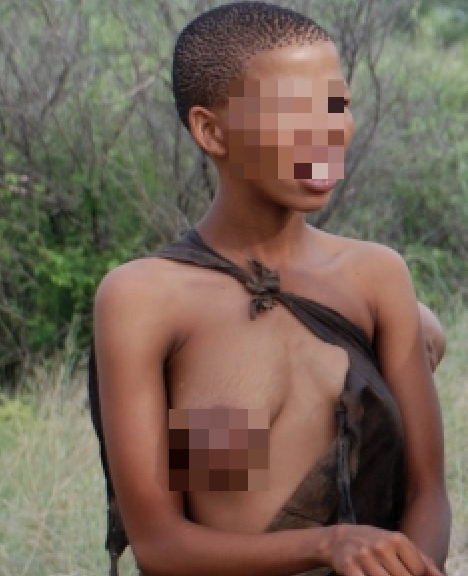The United Nations Population Fund continues to report that there’s stigma associated with being a rape victim.
MEKELLE, Tigray – “We fled on the back of a truck. When they captured us, they took me to another place, they raped me, and left me alone in the bush.” says a 17-year-old survivor of conflict-related sexual violence in Tigray. I regained consciousness one day later, but there was no one around to support me.”
“I tried to get medical attention, but the health facilities were not working. There were no medicines, nothing”, she adds about her perilous journey seeking safety and health care services amid active hostilities in northern Ethiopia at the end of November 2021.
Extensive damage and looting of supplies and equipment at medical facilities have decimated the health system in conflict-affected regions in northern Ethiopia.
“I keep my pregnancy a secret because if one of the community leaders knows my case, they will say: ‘Oh! She is 17 years old, but she is pregnant.’ I have fear of social stigma and discrimination.”
More than 3.9 million people in Tigray and 10 million in Amhara are estimated to be in need of life-saving health services. In Afar, only 20% of the health facilities are functional.
Today, the subject of this story is seven months pregnant.
She came alone to the Women and Girls’ Friendly Space supported by UNFPA at Sabacare 4, an internally displaced persons (IDP) camp on the outskirts of Mekelle, Tigray. She does not know what happened to her family.
“Few survivors of sexual violence report their ordeal – for fear of stigma or rejection by their families or communities – and even less get justice.”
Risks of sexual violence increase significantly wherever conflict erupts, and adolescent girls are particularly vulnerable.
It’s estimated that up to 70 percent of women in crisis settings experience gender-based violence, compared to 1 in 3 globally.
Constrained by a culture of silence, they hide in plain sight with limited access to humanitarian aid and support …



